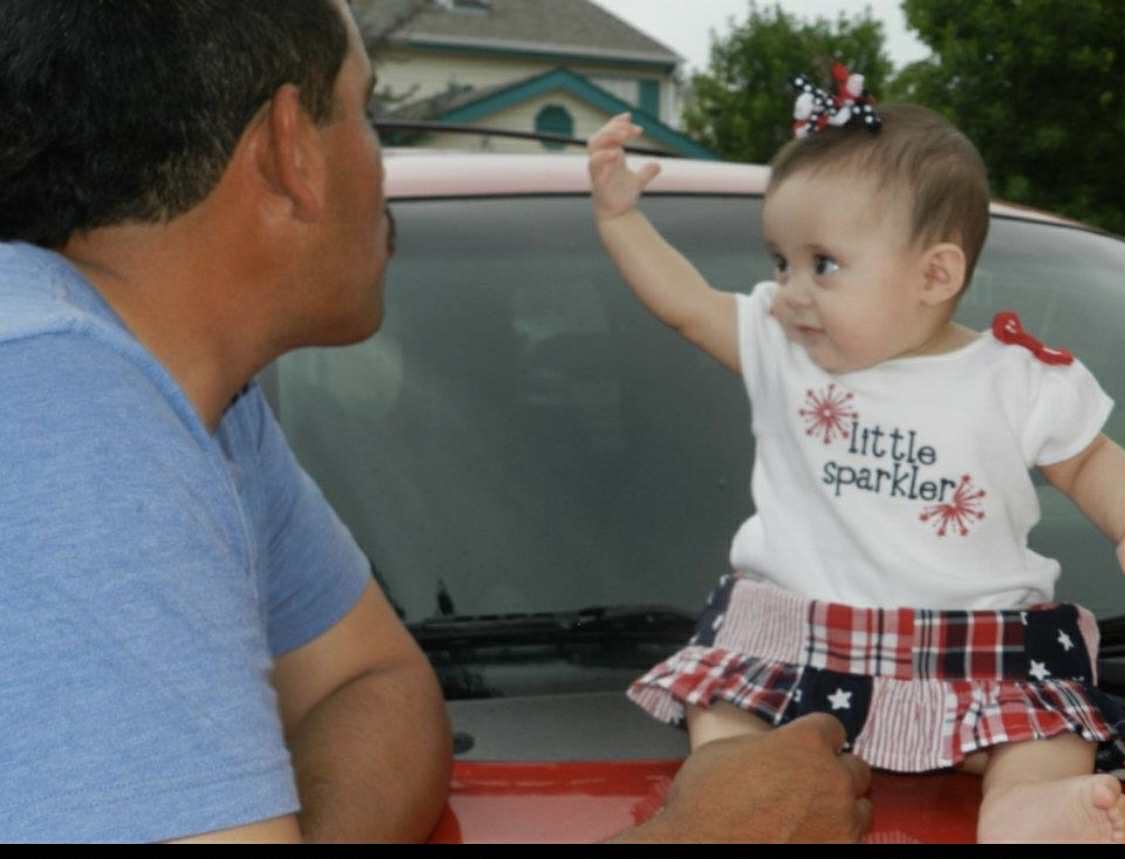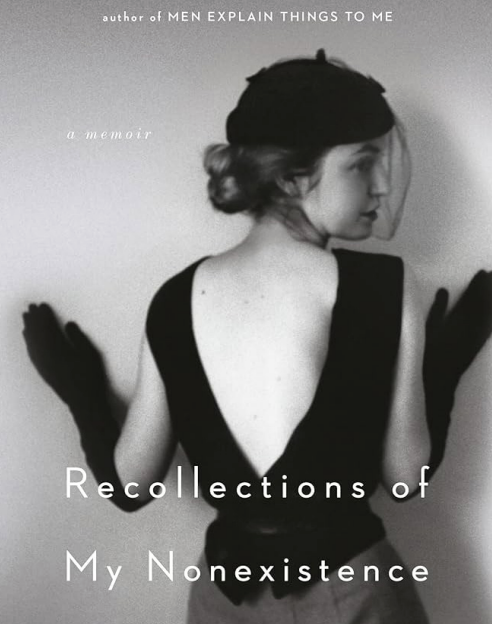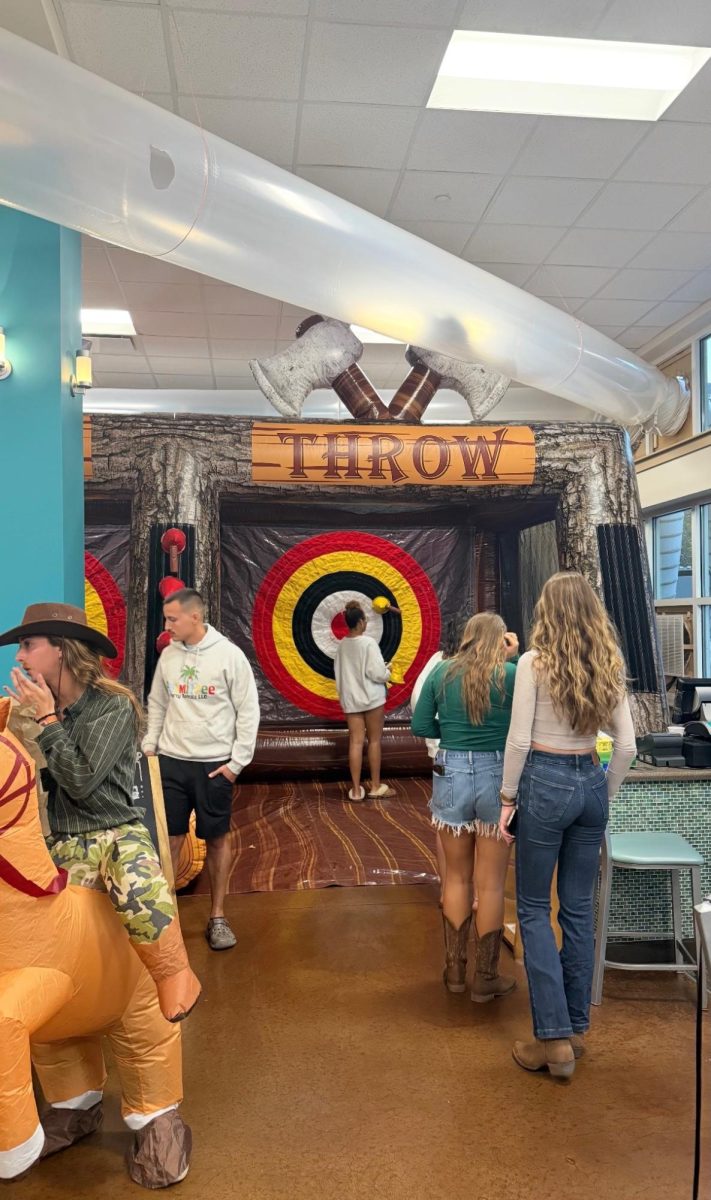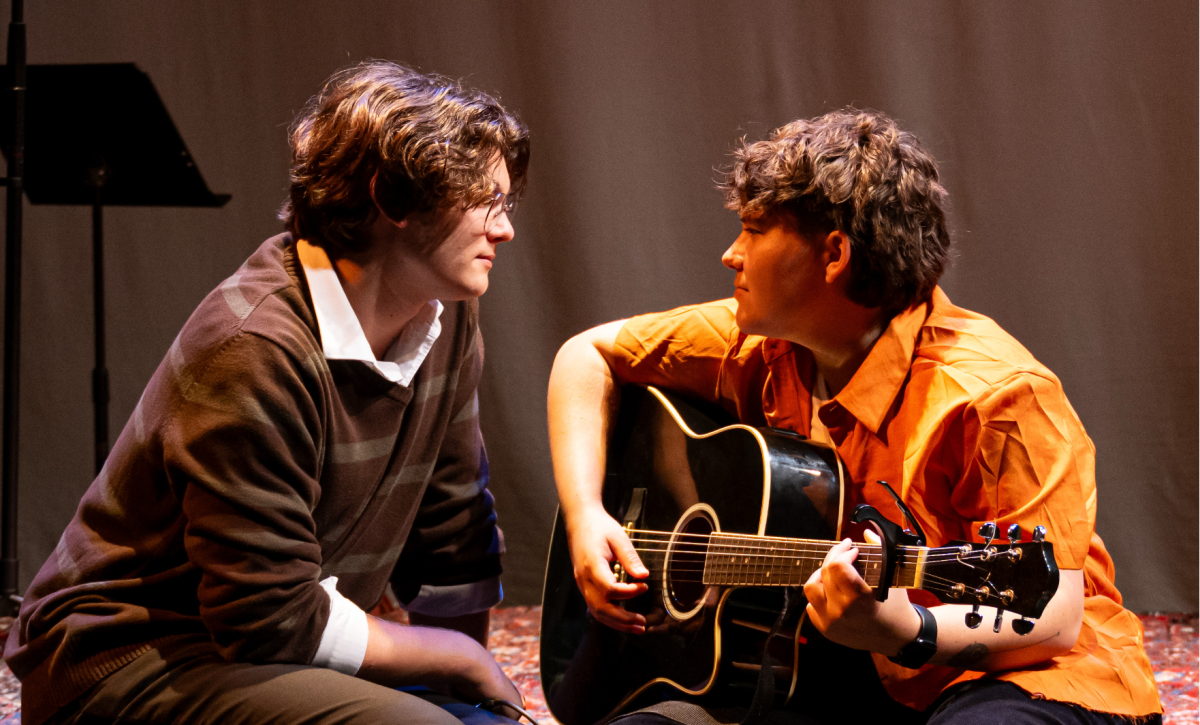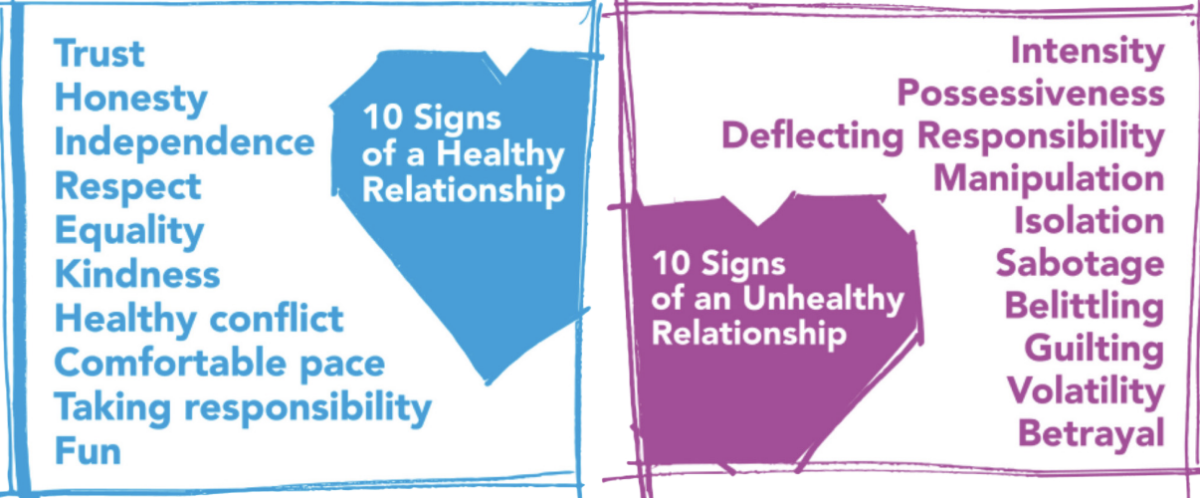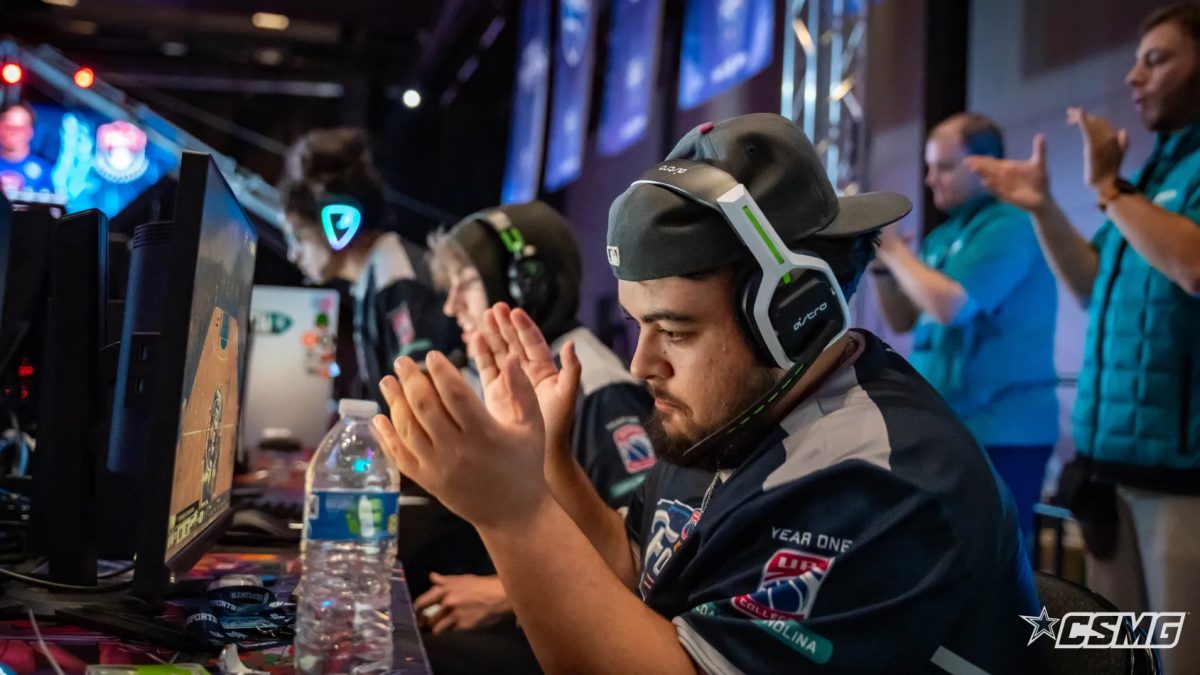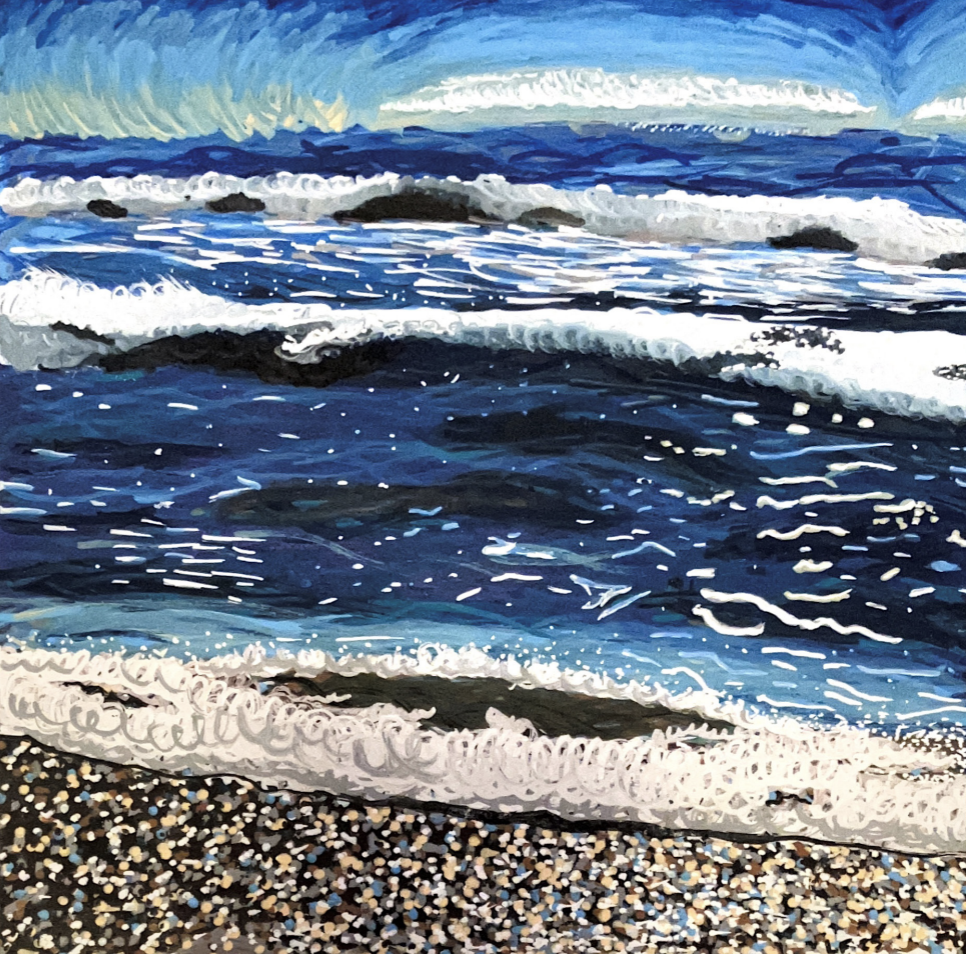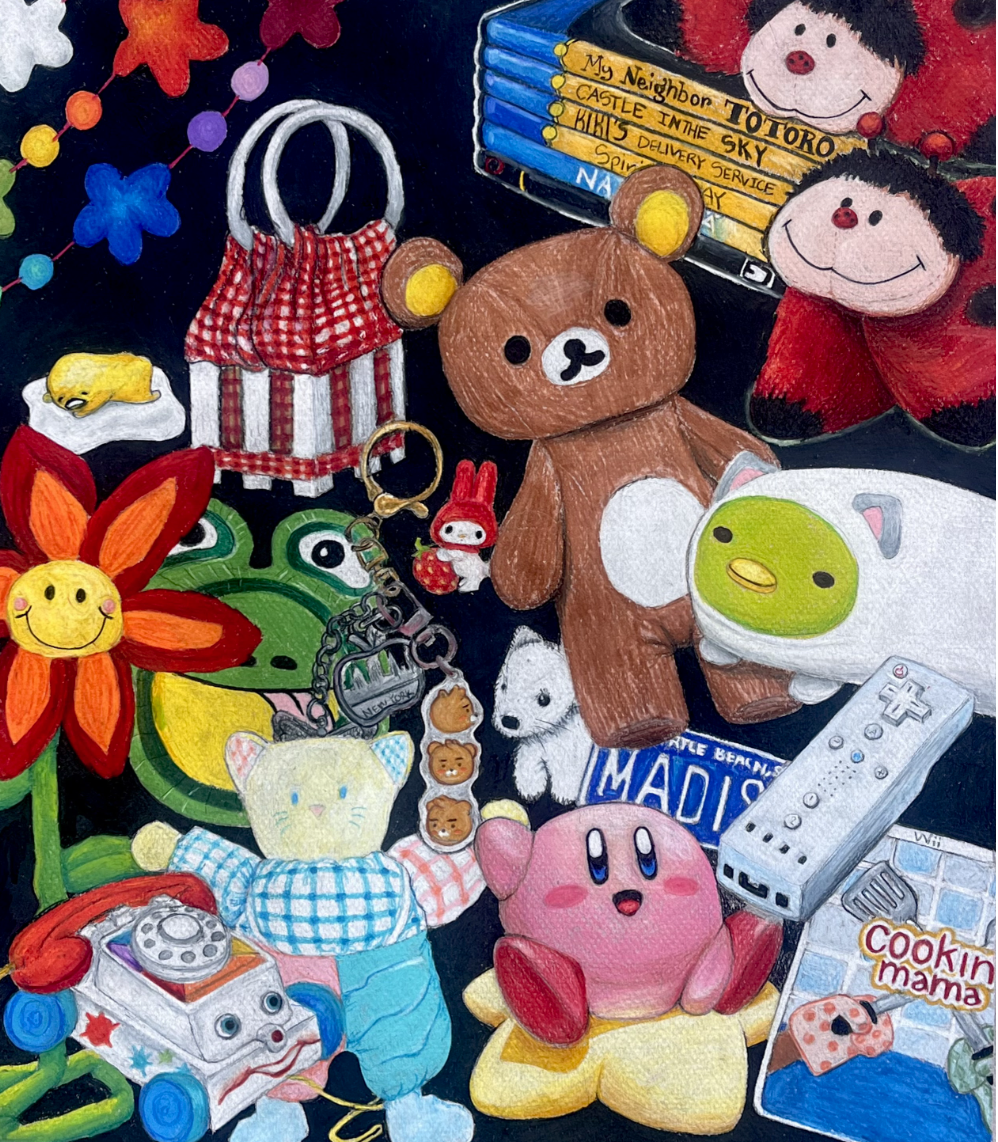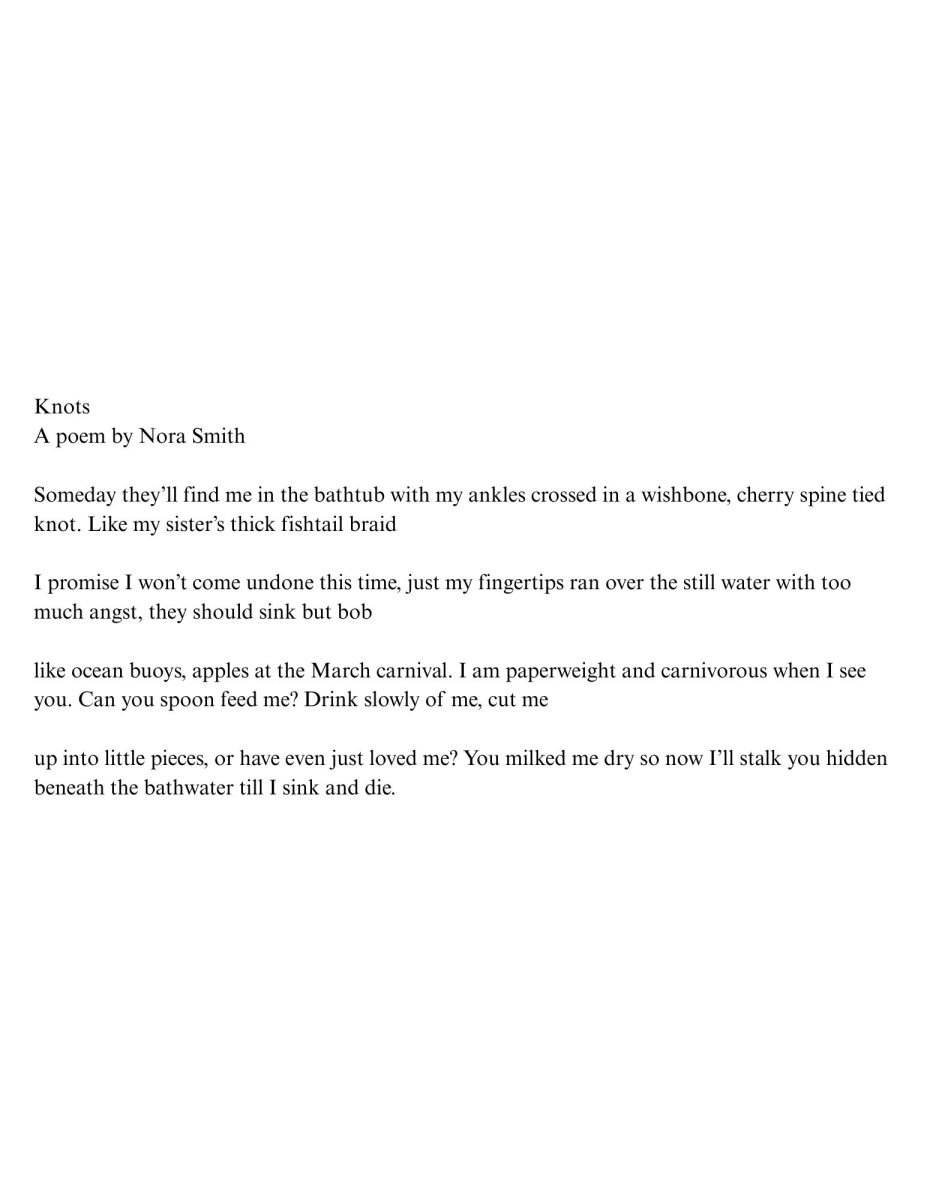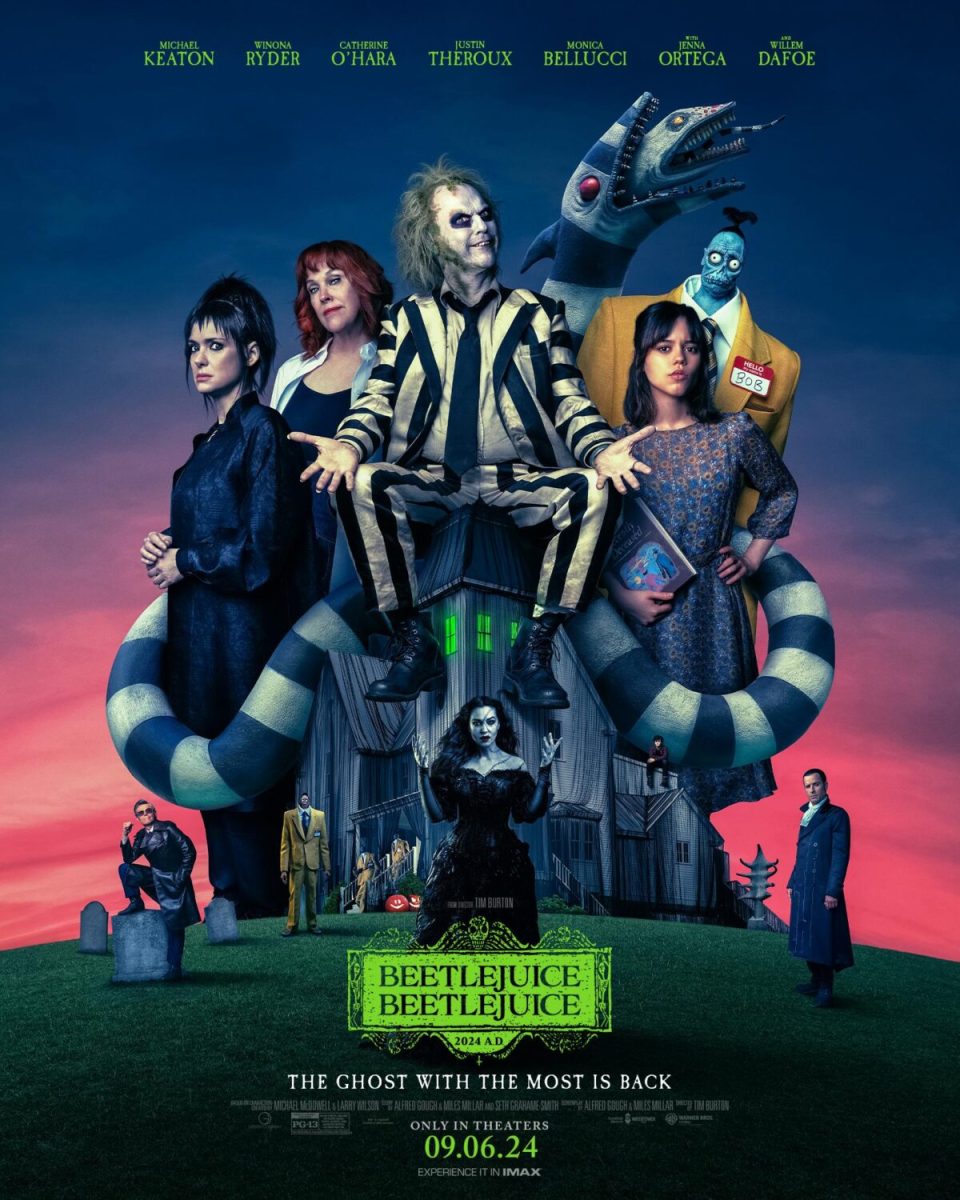Although the 1980s created multiple famous horror characters like Freddy Krueger and Jason Voorhees, the macabre mind of director Tim Burton helped create a character who was recently brought back to life in a sequel released on Sept. 6, the ever-mischievous Beetlejuice.
Warner Bros. distributed the original comedy-horror film to theaters in 1988. Despite low popularity upon its release, it has grown into a partially scary and laughable cult classic, regardless of Beetlejuice’s 17 minutes of screen time.
Michael Keaton returned to the titular role of the slightly unhinged trickster ghost Beetlejuice, a strange man with putrid green hair in a black and white striped suit. Beetlejuice causes comical and sometimes foul-mouthed mayhem if anybody foolishly repeats his name three times.
Along with Keaton, Winona Ryder reprised her role as Lydia Deetz, a gothic medium, with Catherine O’Hara, who plays Delia Deetz, Lydia’s eccentric artist of a stepmother.
Jenna Ortega joined the “Beetlejuice” cast as Astrid, Lydia’s estranged daughter. Ortega previously worked with Burton for Netflix’s “Wednesday.”
After 35 years, the sequel explored character origins and development in the wake of an unexpected family tragedy and a random portal to the afterlife, leaving the Deetz family facing new lying, greedy, soul-sucking individuals.
Despite being eerily charming, the sequel had an overabundance of subplots, which left several moments feeling incomplete. If the movie had an extra 30 minutes of runtime, then audiences could explore and connect with more of the narratives and characters.
This humorous sequel about death recaptures the original movie’s magic while building upon the overall story, successfully earning over $110 million on opening weekend.
Burton returned to his signature stop motion special effects for the film instead of heavily relying on computer-generated imagery (CGI), primarily when animating the monstrously iconic sandworms.
Over the years the franchise took creative liberties in the story, including Broadway departing from the original source material by humanizing Beetlejuice and the TV series designing the character with yellow hair. Everyone expresses Beetlejuice’s persona differently, but they all still say his name three times to keep the original story alive.




